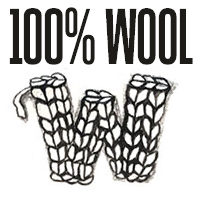Today we are thrilled to have a Wovember Words post from Diane Falck AKA The Spinning Shepherd. Long term Wovemberists will remember Diane from Wovembers past, for which she has provided many fantastic articles and photos of her Ouessant sheep. In this article, representing France in our European tour of sheep and wool, she tells us a bit more about this wonderful, ancient breed.
Ouessant Sheep
Located 12 miles off the French coast in the Sea of Iroise, the island of Ouessant (or Ushant in English) is the original homeland of Ouessant Sheep.
Ouessant sheep are the most primitive of the native French breeds. For centuries, they were raised in isolation on the island where they played an integral part of the self-sufficient closed economy, providing both wool and meat.
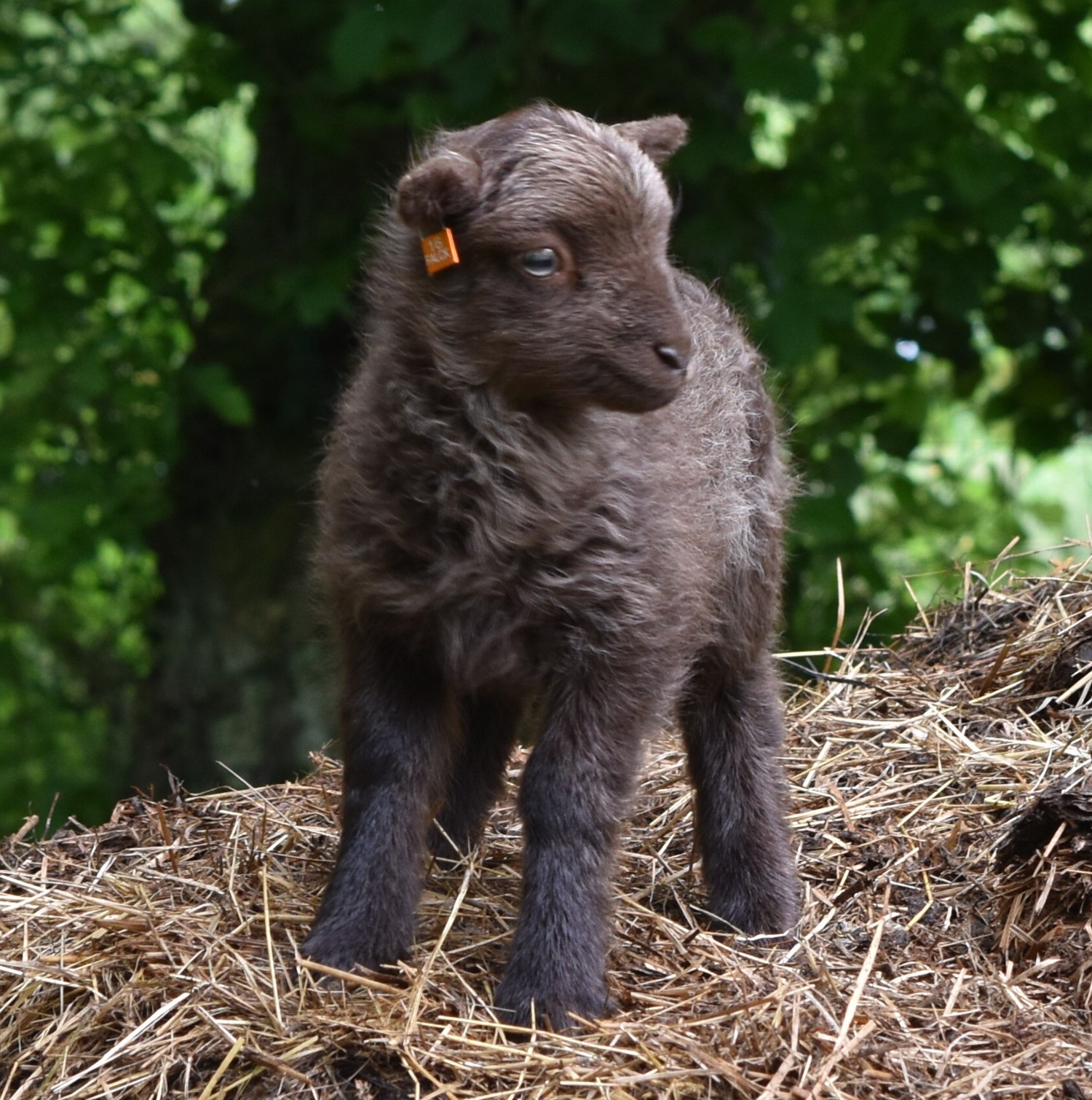
By the end of the 18th century there were over 6,000 sheep on the island of Ouessant. But economic improvements along with a move toward modernization at the beginning of the 19th century radically changed the future prospects of this small primitive breed.
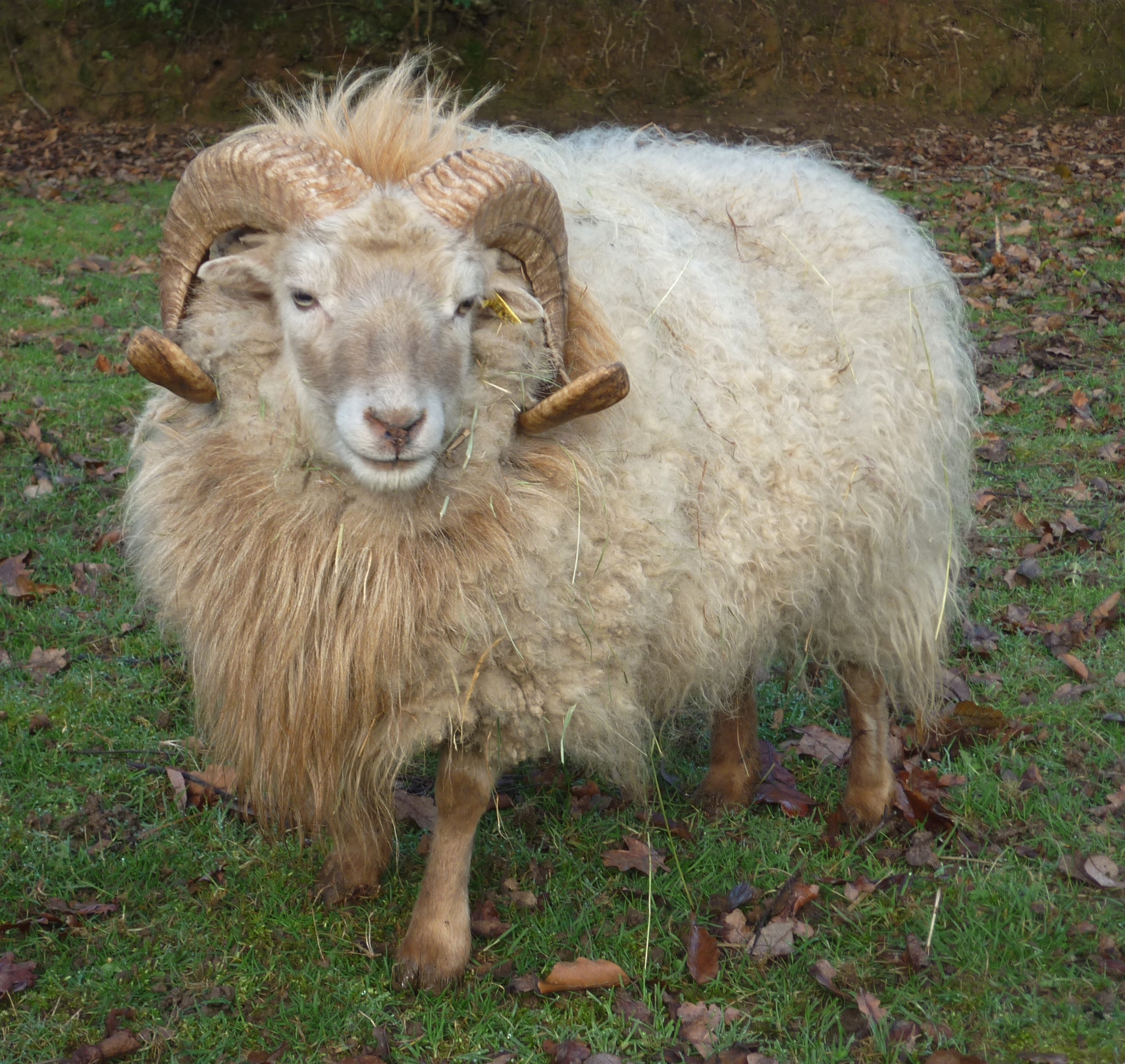
Just before the First World War there was a move to crossbreed the small traditional Ouessant sheep with larger more productive sheep from the continent. As a result, there are no longer any traditional Ouessant sheep on the island.
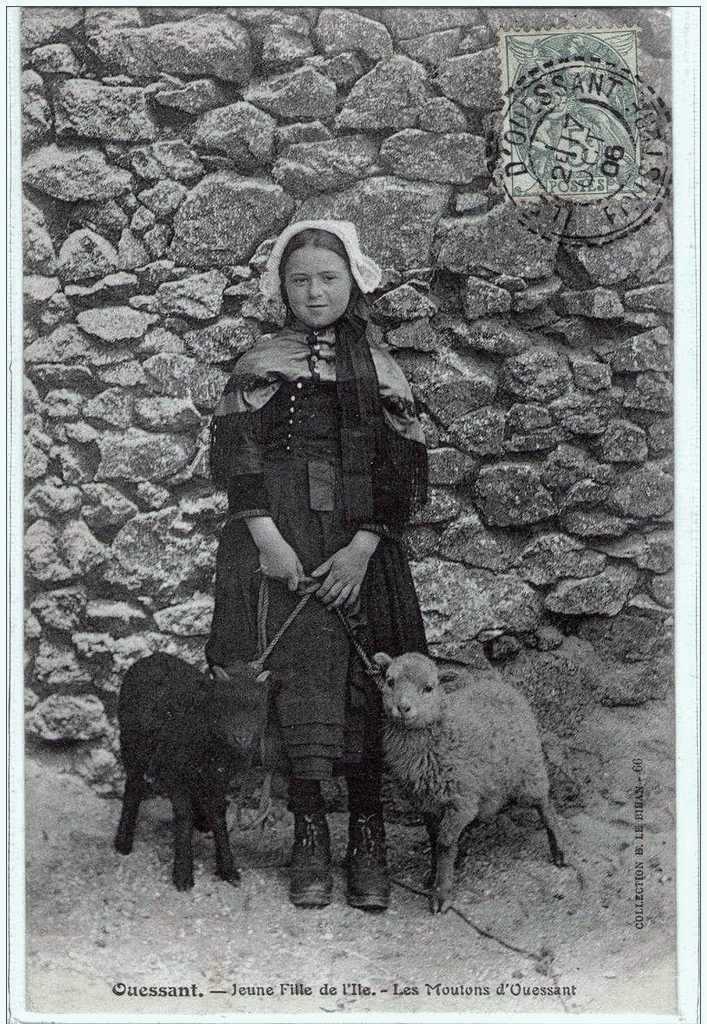
Fortunately, in the late 1800s and early 1900s, a number of wealthy families imported small numbers of traditional Ouessant sheep to the French mainland to graze the lands around their estates. Ultimately, this seemingly insignificant event insured the survival of the breed.
Today, Ouessant sheep are sought after both as companion animals and as “environmentally-friendly lawn mowers”. They have also gained a certain amount of popularity in several different European countries : Most notably Belgium, Germany, the Netherlands, and Great Britain.
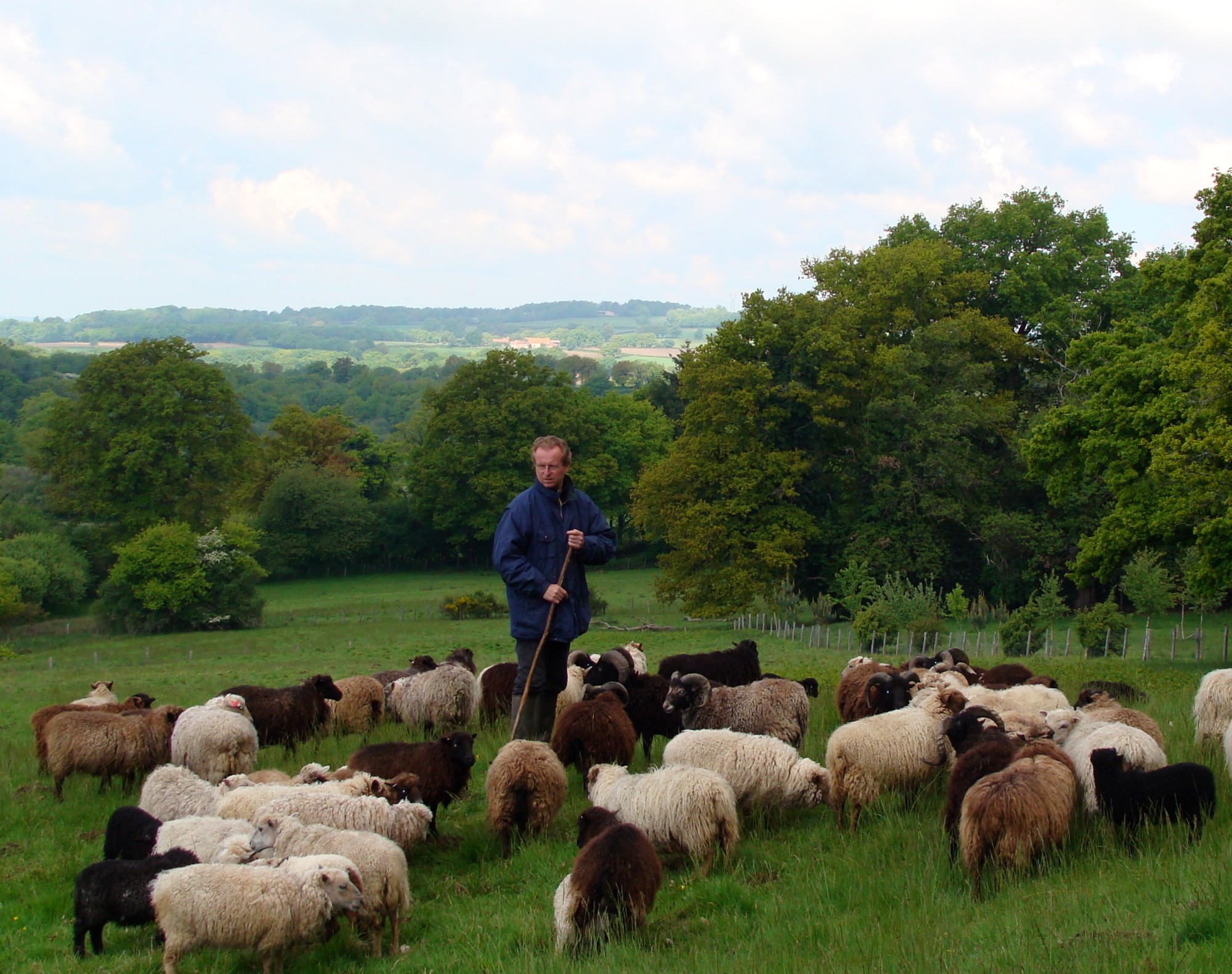
A member of the Northern European Short-Tailed breeds, Ouessant sheep are distant cousins of the Shetland and Icelandic breeds.
The two most distinctive features of Ouessant sheep are their size and their color. Considered by many to be the smallest breed of sheep in the world, adult ewes measure less than 18″ (46cm) at the shoulders and rams are under 20″ (50cm). Additionally, Ouessant sheep come in a number of different colors : Including black, white, brown, and grey.
It is true that the small size of Ouessant sheep contributes to the breed’s characteristic charm and appeal. However, their diminutive size also means that the breed is not commercially viable in the modern world of agricultural production. In fact, one of the primary objectives for breeding Ouessant sheep today is the preservation and conservation of the rare genetic resources that are found in the breed.
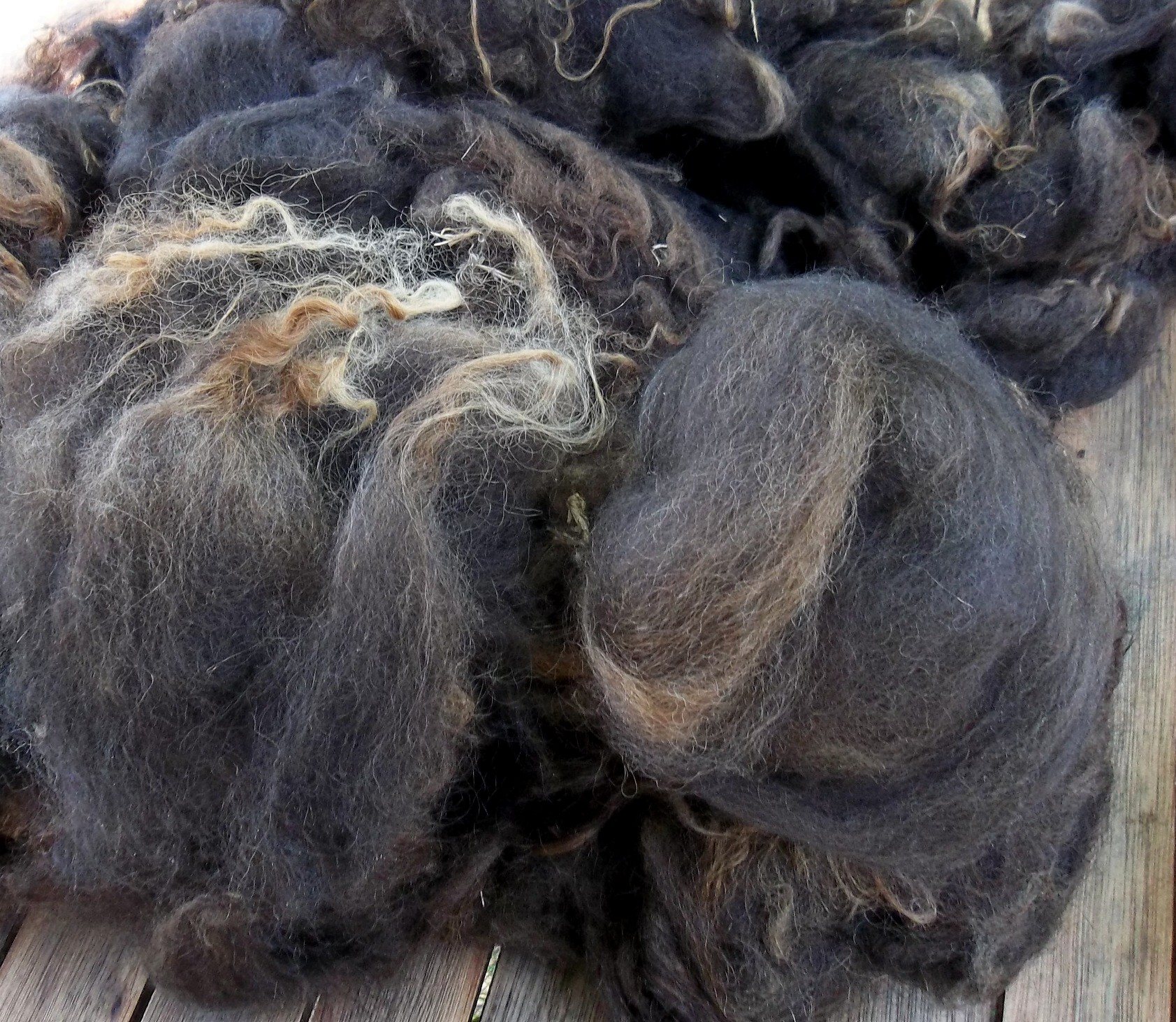
Despite their small size, these charming little sheep produce a particularly beautiful and versatile wool. Ouessant sheep have a distinctive double-coated fleece with an average fiber diameter of 25 microns and, on average, fleeces weigh approximately 750 grams (1.5 lbs.). It is important to keep in mind that Ouessant sheep are an unimproved breed, which means that from one sheep to another there is less standardization and more variability in wool type and quality than one would normally find in modern improved breeds. For the handspinner, this variation presents a unique opportunity : From one small flock of Ouessant sheep it is possible to produce wool that can be used for a wide variety of projects, ranging from lace shawls to hats, cardigans, and even rugs.
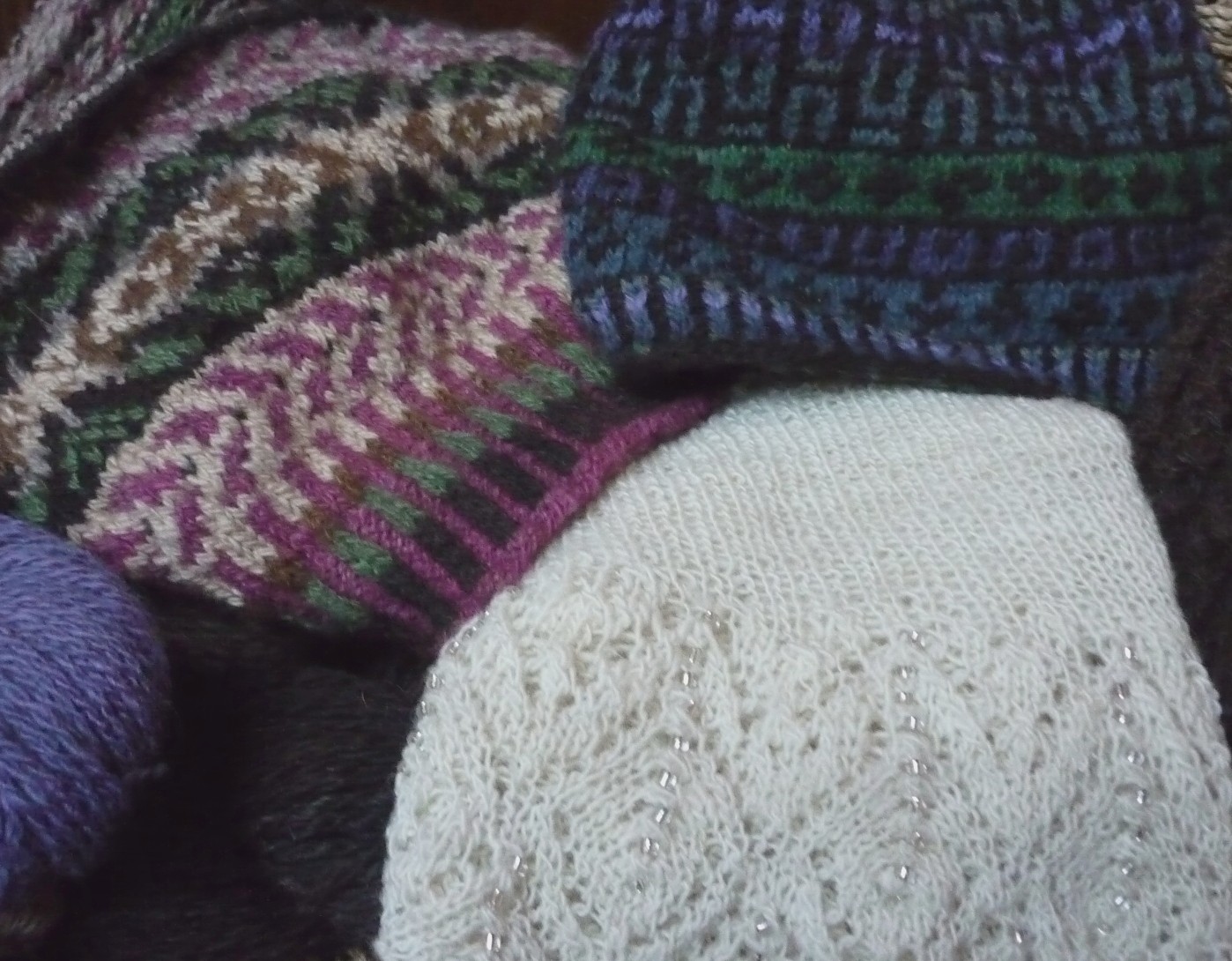
Diane Falck, also known as the Spinning Shepherd, is an avid spinner and knitter, and the shepherd of a small flock of 50 Ouessant sheep in Normandy (France). She writes a blog at https://spinningshepherd.blogspot.com and you can find her on Ravelry as lieudiere. Wovember highly recommend that you check out her project pages for examples of what can be done with the fleeces of the Ouessant sheep. Thanks so much for telling us more about the history of this special breed for Wovember Words.
Further info on French sheep & wool:
Wovember recommend that for information on other French sheep breeds, please follow @spindrift__ on instagram who is sharing amazing information there about wool in France. Also, Nicolas Lescureux who kindly let us use his photos for our post about the Karakachan sheep of Bulgaria had the following to say:
If you are interested in wool projects with particular sheep breeds, I can also mention a project in the French Cevennes involving a rare sheep breed, the Raïole breed. Several breeders decided to rehabilitate the wool of this breed. Their project is at its beginning but they have a first website: raiolaine.org/wakka.php?wiki=RaioLaineProjet (all in French).
Vive les moutons français!
